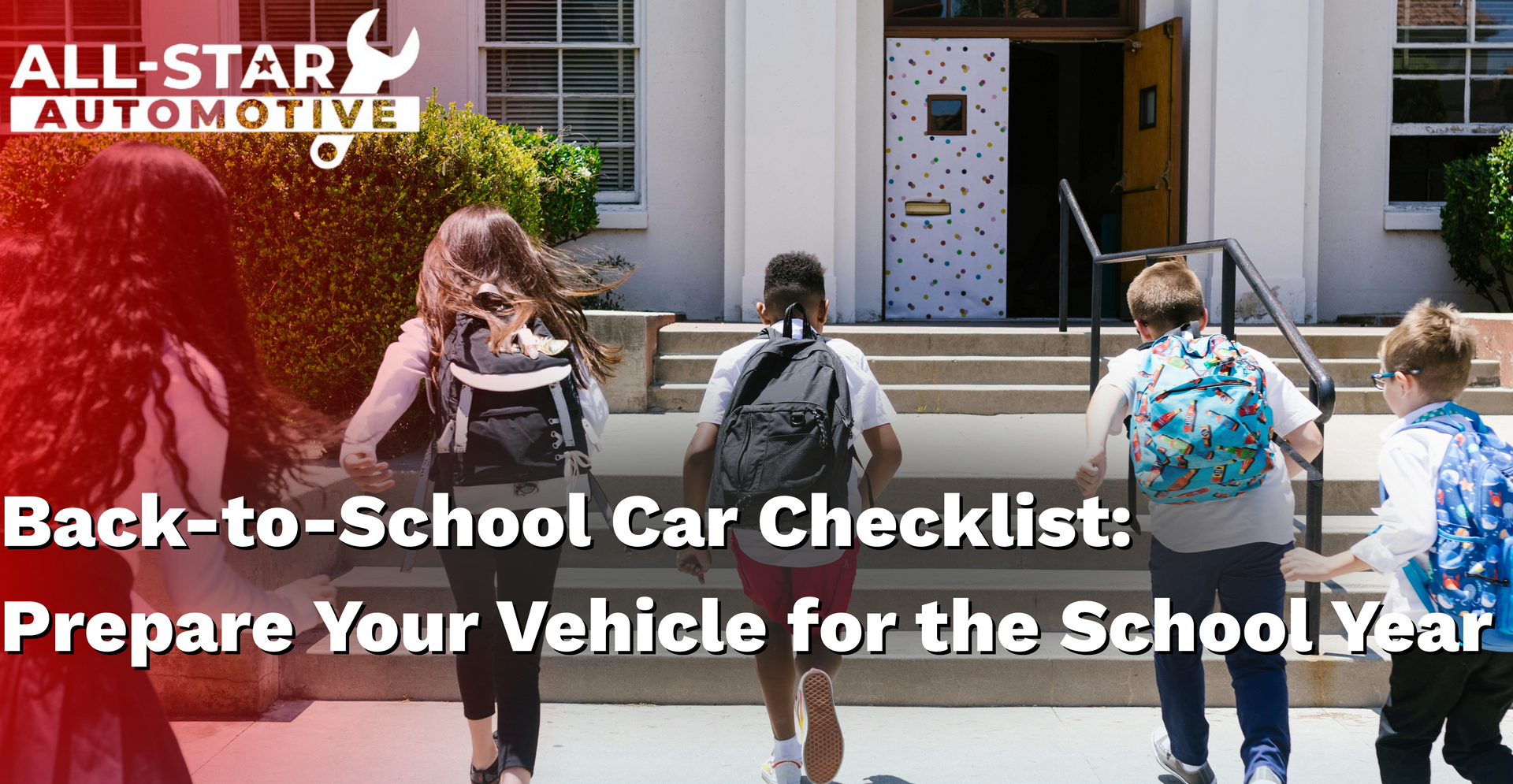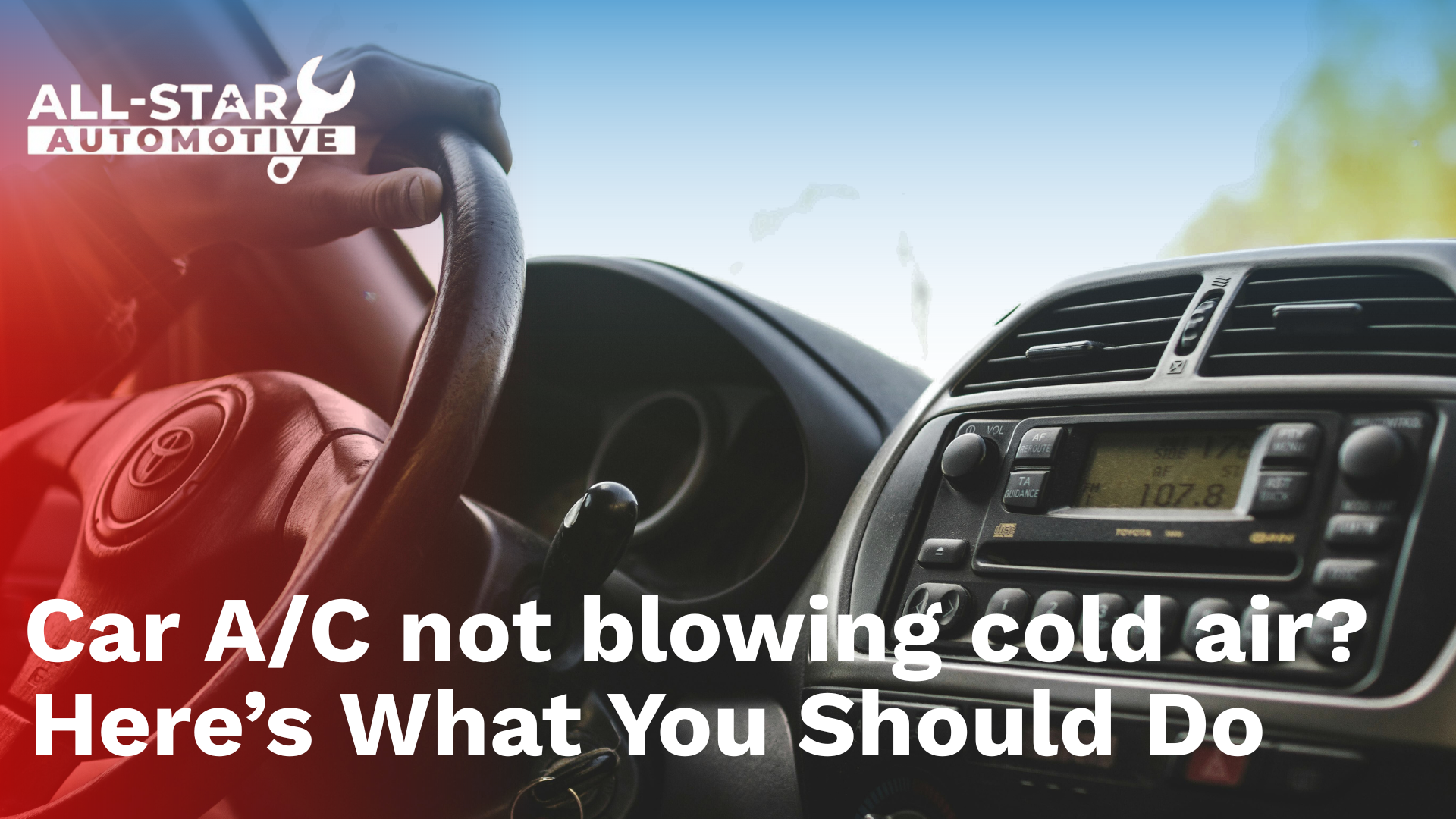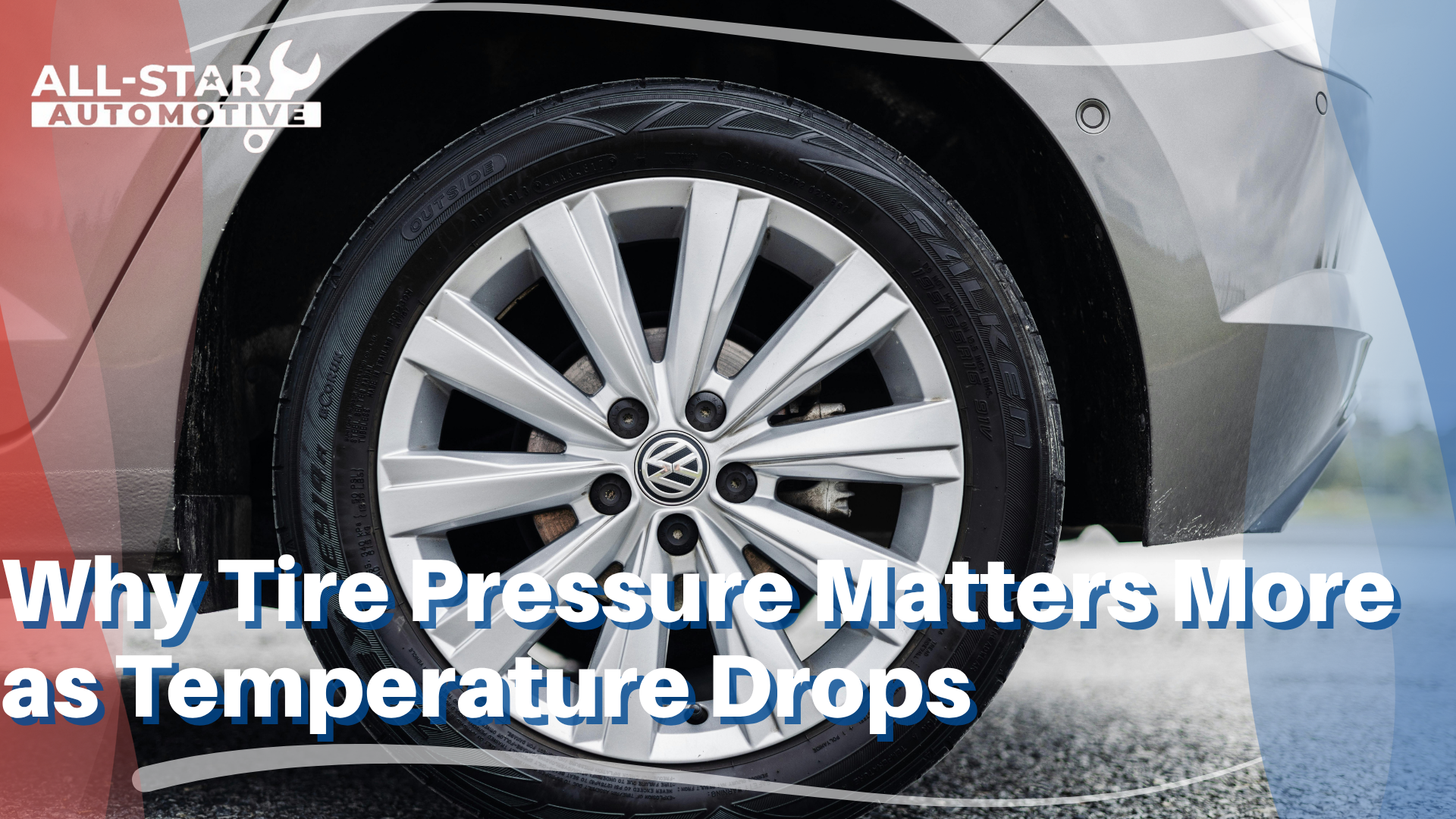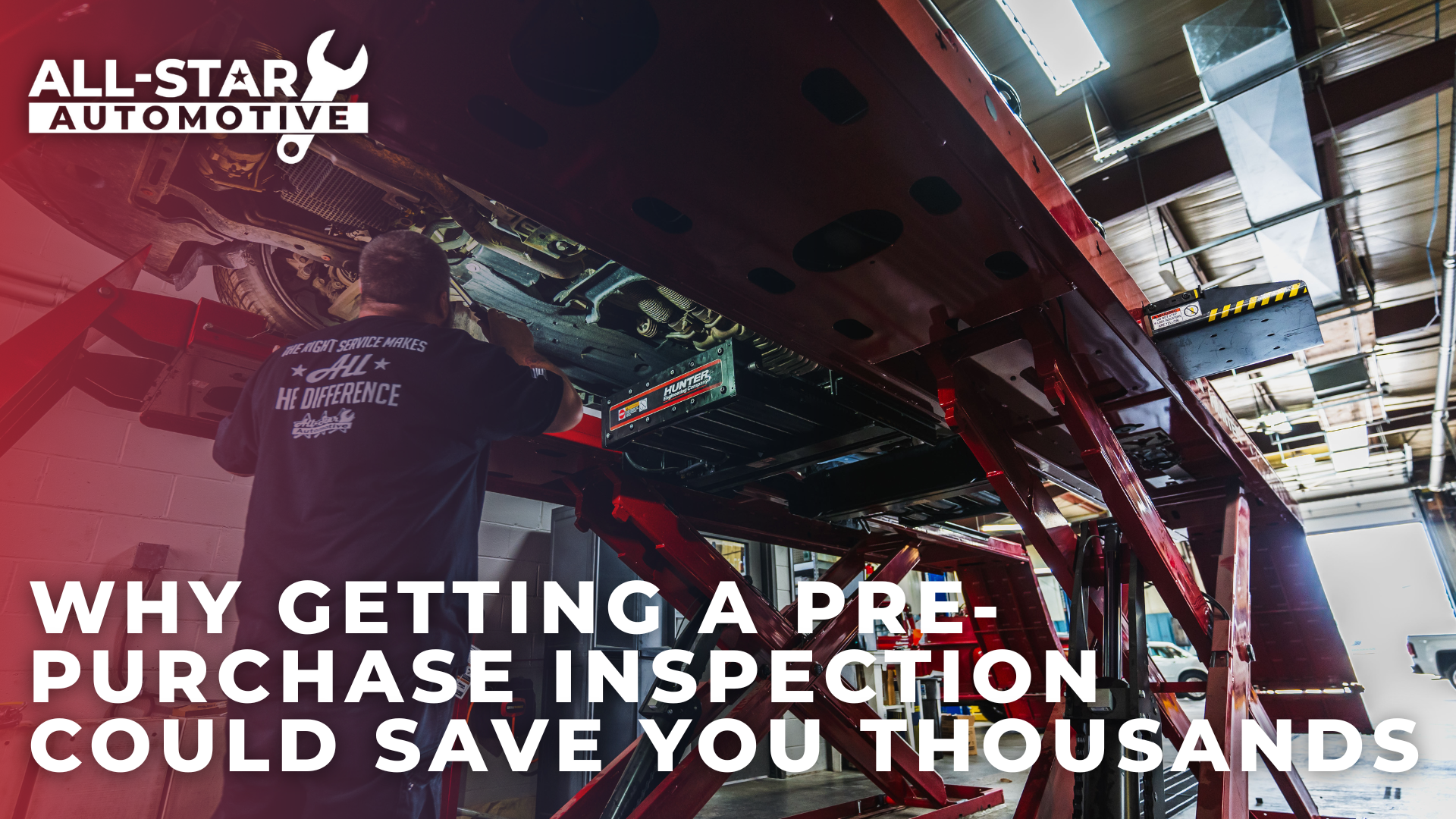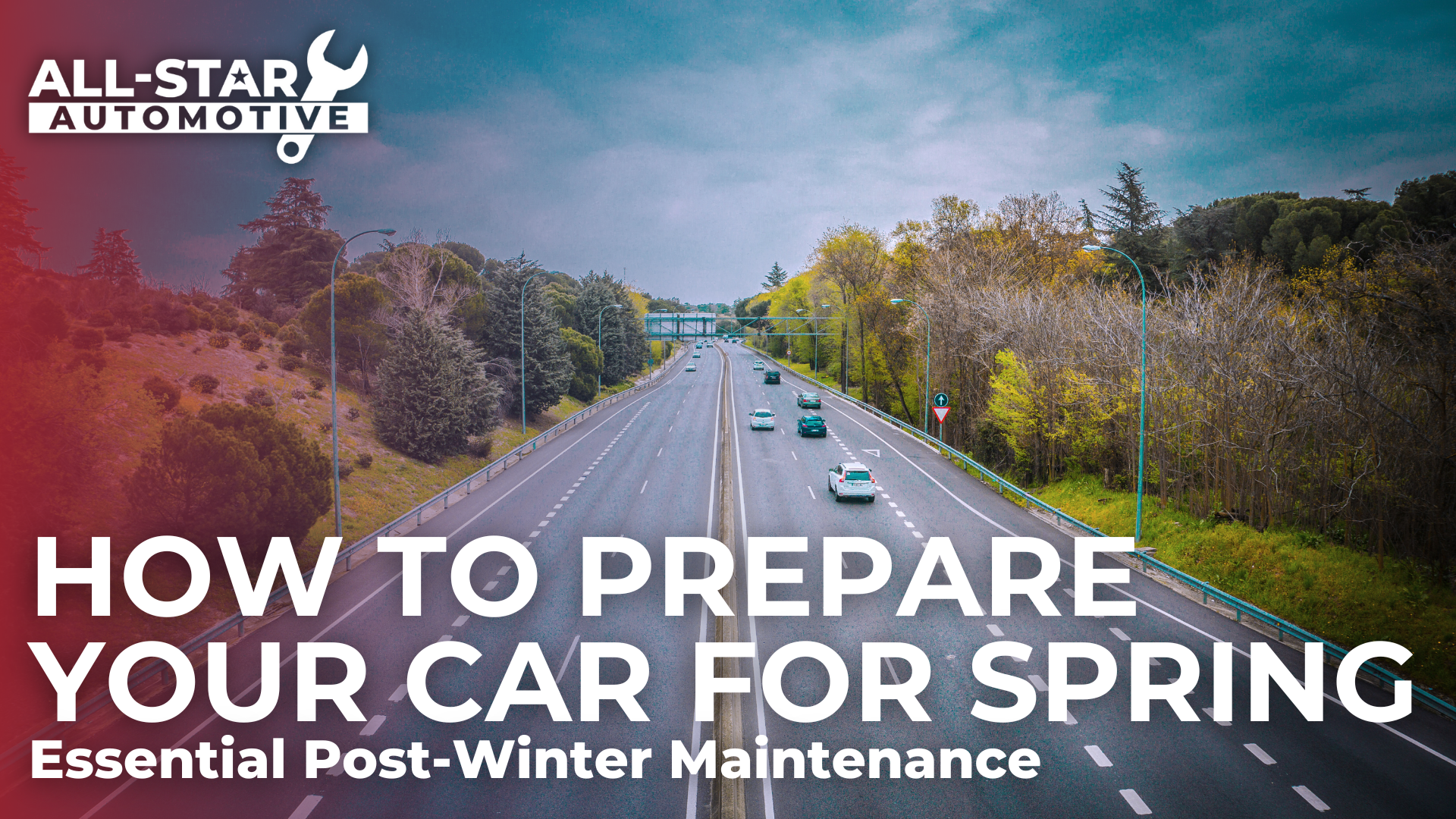Brake Pads And Rotors: Ensuring Safe Stopping Power
The Importance Of Brake Maintenance
Your vehicle’s braking system is one of its most critical safety components, responsible for bringing your vehicle to a stop safely and effectively. Brake pads and rotors play a crucial role in this process, providing the friction necessary to slow down and stop your vehicle. Regular maintenance and timely replacement of brake pads and rotors are essential for ensuring optimal braking performance and safety on the road.
Signs Of Worn Brake Pads And Rotors: When To Seek Service
Several indicators suggest that your brake pads and rotors may be worn and in need of replacement. These include:
- Squealing or Grinding Noise: Squealing or grinding noises when applying the brakes can indicate worn brake pads. The noise occurs when the brake pad material wears down, exposing the metal backing plate and causing metal-to-metal contact with the rotor.
2. Vibrations or Pulsations: Vibrations or pulsations felt through the brake pedal or steering wheel during braking may indicate warped brake rotors. Warped rotors can result from excessive heat buildup or uneven wear and can compromise braking performance.
3. Reduced Braking Performance: If your vehicle takes longer to come to a stop or requires increased braking effort, it could be a sign of worn brake pads or rotors. Reduced braking performance compromises safety and requires immediate attention.
4. Thin Brake Pads: Inspecting the thickness of the brake pads can help determine their condition. If the brake pads are excessively thin, they need to be replaced to maintain proper braking performance and safety.
Brake Pad And Rotor Replacement: Restoring Stopping Power
When brake pads or rotors show signs of wear or damage, it’s crucial to have them inspected and replaced by a qualified technician. Brake pad and rotor replacement typically involves the following steps:
- Inspection: A technician will inspect the brake pads, rotors, calipers, and other brake components to assess their condition and determine if replacement is necessary.
2. Removal: Worn brake pads and, if necessary, damaged rotors are removed from the vehicle.
3. Installation: New brake pads and rotors are installed, ensuring proper fitment and alignment with the brake calipers and other components.
4. Testing: The braking system is tested to ensure proper operation, pedal feel, and absence of noise or vibration.
Maintaining Safe Braking Performance
Regular inspection and timely replacement of brake pads and rotors are essential for maintaining safe and reliable braking performance. By addressing signs of wear or damage promptly and seeking professional brake service, you can ensure that your vehicle stops safely and effectively when you need it to. If you notice any symptoms of worn brake pads or rotors, such as noise, vibration, or reduced braking performance, don’t hesitate to schedule an inspection with a trusted auto repair shop to address the issue promptly.
